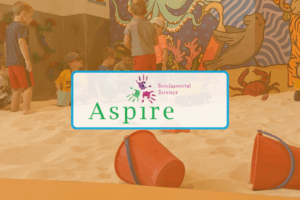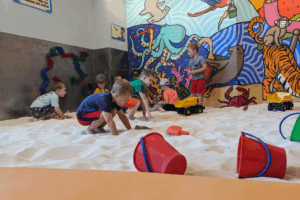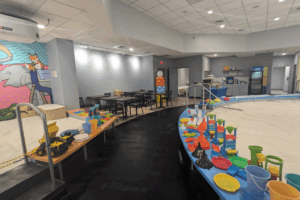From an Indoor Sandbox to Storytime: How Play Sparks a Love for Reading:
In today’s digital age, fostering a love for reading in children is more important than ever. Did you know that play can be a powerful gateway to developing literacy skills, especially in a creative, sensory-rich environment like an indoor sandbox? The connection between physical play and cognitive development is significant, and by incorporating reading into the play experience, we can help children build a strong foundation for lifelong learning.
Here’s how an indoor sandbox can spark a love for reading and how you can seamlessly integrate storytime into play.
1. Tactile Play Enhances Learning and Literacy Skills
Children learn best when they engage with materials hands-on. An indoor sandbox offers a rich, tactile environment where kids can manipulate the sand, build, and explore different textures. This hands-on play helps develop fine motor skills, hand-eye coordination, and sensory processing—all crucial for learning to read and write.
Incorporating tactile play in early childhood education supports physical development and sets the stage for literacy skills to blossom.

2. Storytelling in Play Fuels Creativity and Narrative Skills
As children engage in sandbox play, their imaginations run wild. They begin to tell stories about the worlds they create, whether constructing a castle, burying treasures, or designing an elaborate landscape. This storytelling encourages the development of narrative skills essential for reading comprehension.
When children use their imagination in play, they gain practice in understanding plot, characters, and settings, key components of storytelling.
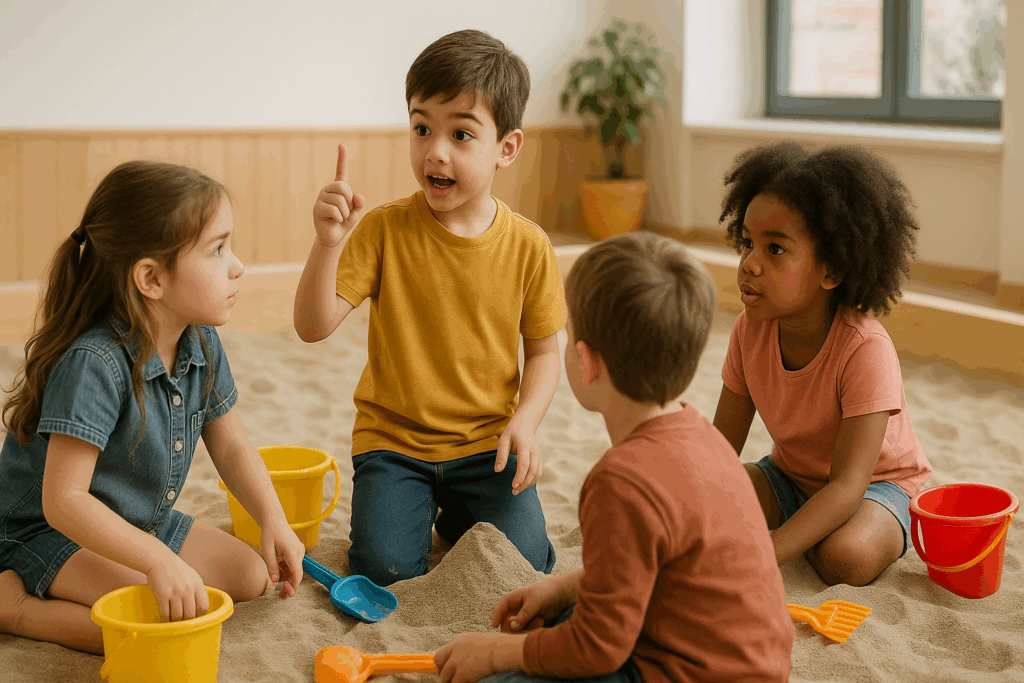
3. The Power of Storytime: Enhancing the Sandbox Experience
After hours of imaginative play in the sandbox, transitioning to storytime is a natural next step. Children’s books that align with the themes of their play, such as tales of adventure, treasure hunts, or sandbox creatures, captivate their attention and bring the worlds they’ve created to life.
By reading stories that mirror their play experiences, children begin to understand the structure of stories, including how narratives unfold and the relationship between characters and settings.
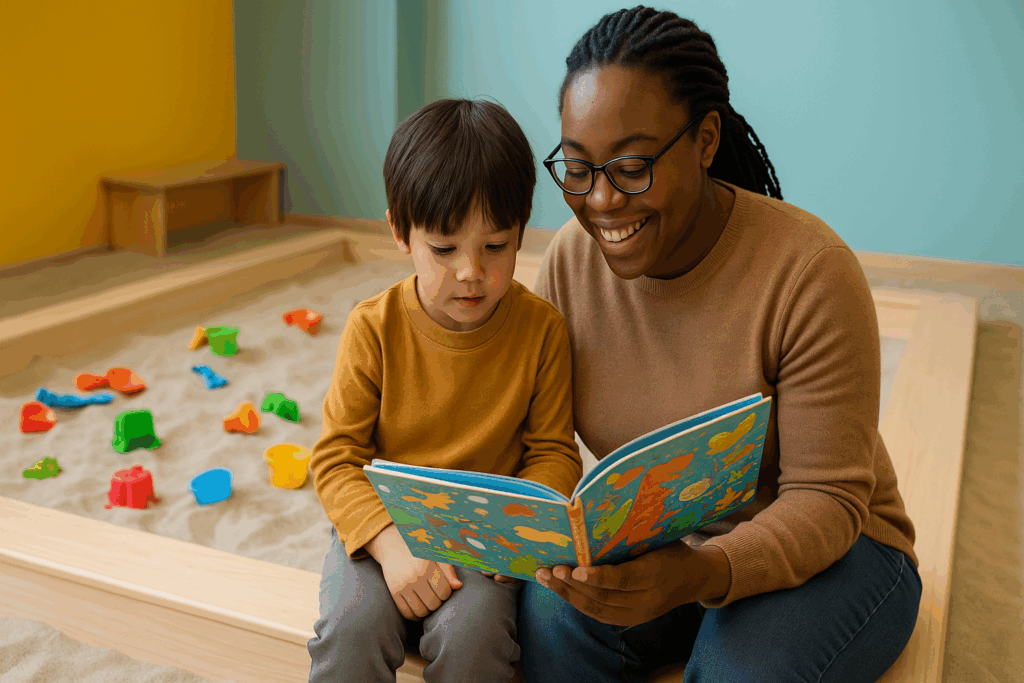
4. Interactive Books: Bringing the Sandbox to Life
Interactive books with pop-ups, flaps, or textured elements are a fantastic way to extend the play experience into reading. These books mimic the tactile engagement children experience in the sandbox, keeping them interested and eager to explore more.
Interactive reading experiences enhance literacy development by engaging multiple senses, like play. This multisensory approach keeps children engaged and makes learning fun.

5. Building Vocabulary Through Play and Reading
Playing in the sandbox offers countless opportunities for vocabulary development. As children describe their creations, engage in pretend play, and ask questions, they expand their vocabulary. Storytime afterward builds on this vocabulary, introducing new words and concepts in books.
Combining verbal communication during play with written language during reading helps children understand how words work in different contexts, enriching their language skills.
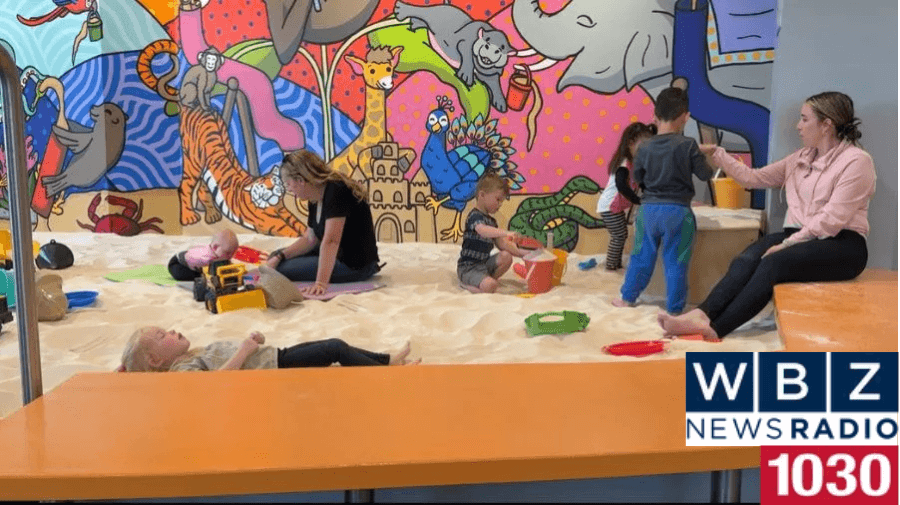
6. Shared Playtime Strengthens Language Skills and Communication
Children playing together in the sandbox naturally engage in conversations with their peers. These interactions provide valuable practice in language use, whether discussing how to create a structure or negotiating roles in their games.
Adding storytime to the mix, where children can share their own stories or retell familiar ones, enhances their ability to articulate thoughts, follow narratives, and recall information, which are key in developing literacy.

7. Creating a Routine of Reading and Play for Early Literacy Development
When an indoor sandbox becomes a central part of your child’s routine, it naturally creates a pattern of engaging with both physical play and cognitive development activities. Incorporating regular storytime into this routine makes reading a natural part of the day.
Children who experience play and reading as part of a predictable and enjoyable schedule develop a strong association with books and stories, which fuels their love for reading.
Conclusion: How Play Sparks Lifelong Literacy Skills
Incorporating an indoor sandbox into a child’s playtime isn’t just about fun in the sand—it’s about creating a rich, sensory environment that sparks creativity, language development, and a love for reading. By connecting play and storytime, we nurture young minds and help them develop the essential skills for academic success and beyond.
At Sandmagination, we’re not just about play but about creating memorable, educational experiences that cultivate a love for learning that will last a lifetime.

